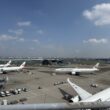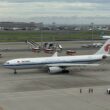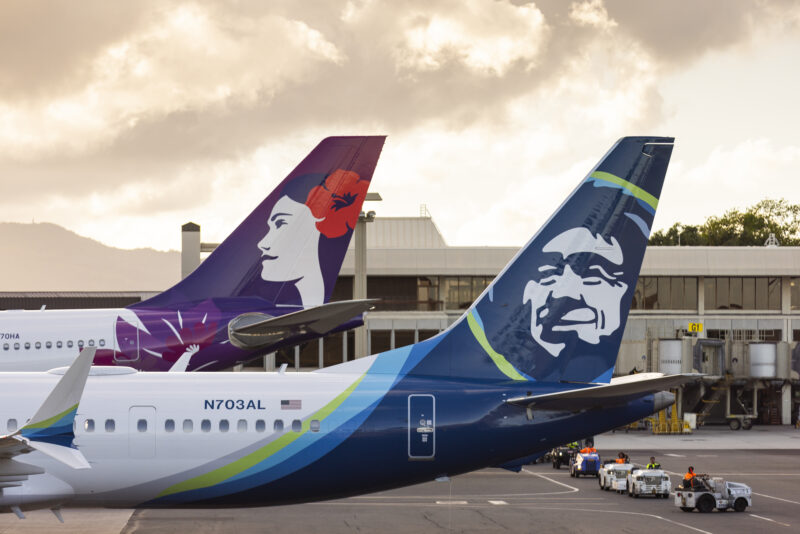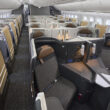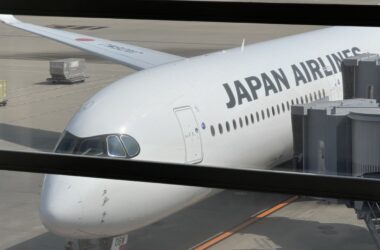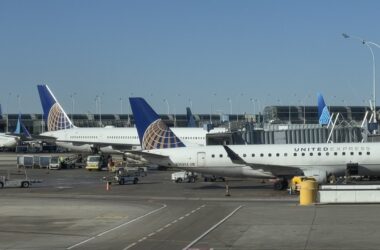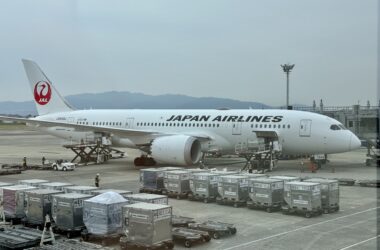Hawaiian and Alaska launched a new route today: Seattle to Tokyo. This opens up a new era of widebody, international operations for Alaska Airlines and an expansion of its growing network. Alaska is also able to grow its Seattle hub while throwing a blow to its rival Delta Air Lines, which also has a presence in the city.
I wanted to talk more about the economics side of things with this route launch. I think this is really interesting, considering it’s a direct reflection of today’s macroeconomic conditions and shows how transpacific international travel has changed over the past several years. Let me explain.
Shrinking Demand From Japan
This route is going to be flown with one of Hawaiian’s Airbus A330s, which previously flew between Honolulu and Tokyo. This is not a coincidence.
Over the past several years, the Japanese Yen has depreciated to a level we haven’t seen since the late 1980s and early 1990s. As of right now, May 12, 2025, the spot rate sits at 148.31 JPY for 1 USD.
This has pushed for heavy inbound travel into Japan while the Japanese have pulled back on international travel simultaneously. Simply put, it’s incredibly expensive for Japan to travel internationally.
Last month, I reported on Japan’s record number of inbound travelers both in March and in Q1, and how the nation is on pace for a record 40 million foreign visitors this year. While they keep beating record after record of visitor numbers, the number of Japanese outbound travelers has remained very low.
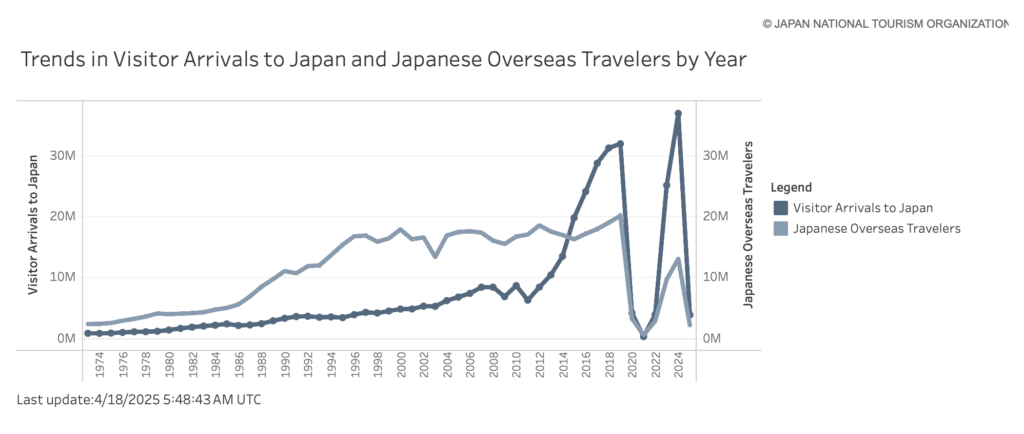
Historically, the number of outbound Japanese travelers was consistently well above the number of foreign visitors coming into Japan, as evident in the above graph by the Japan National Tourism Organization (JNTO). Even as the number of foreign travelers skyrocketed in the 2010s, the number of Japanese travelers stayed fairly consistent, hovering just shy of 20 million a year.
One of the most popular destinations for Japanese travelers has been Hawaii, and a number of airlines have offered hefty capacity between Japan and Honolulu to meet this demand, including Hawaiian. Since the pandemic and the historic depreciation of the Japanese Yen, however, the demand from Japan to Hawaii has significantly diminished.
Alaska and Hawaiian realize this and how it’s probably best to use one of Hawaiian’s A330s on another route, and this new Seattle to Tokyo route reflects that. Instead of letting the aircraft struggle to fill seats between Honolulu and Tokyo, the airlines now intend to capture the historic number of U.S. travelers going to Japan. They know that in addition to Seattle as a major origin city, they’ll be able to capture connecting traffic originating in other parts of the West Coast and other parts of the country (which is also harder to do with a flight out of Honolulu).
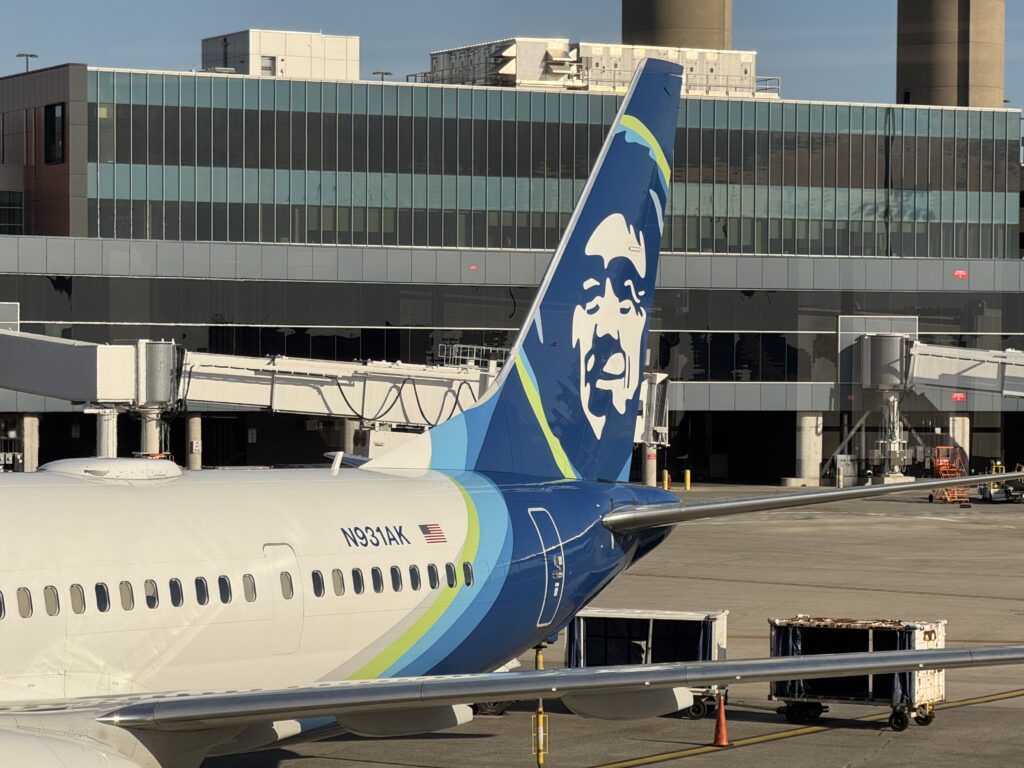
Macroeconomic policies from both Japan and the U.S. have no doubt changed the landscape of international travel and transpacific airline operations over the past several years. I do expect this to continue throughout this year, and although many airlines have despite weakness in domestic leisure travel lately, international travel remains a strong spot for all.
Featured image by Alaska Airlines.

